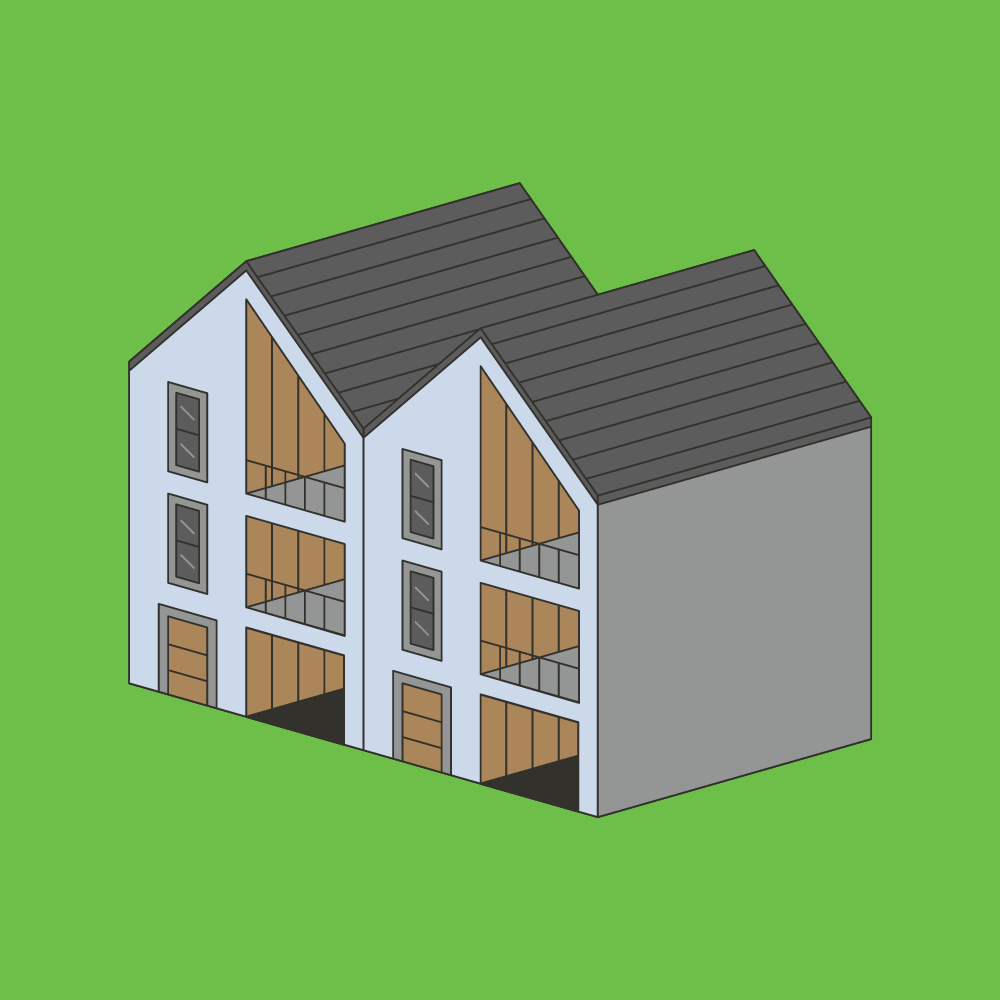Introduction
The landscape of residential development in New South Wales is undergoing significant changes with the introduction of the State Environmental Planning Policy (Housing) Amendment (Dual Occupancies and Semi-detached Dwellings) 2024 (Amendment SEPP). This amendment seeks to encourage development for the purposes of dual occupancies and semi-detached dwellings in Zone R2 Low-Density Residential. However, as part of the initial rollout, there are essential temporary changes that property developers, councils, and residents need to be aware of.
Key Updates on Planning Reforms
The NSW Government has released new details about the planning reforms for low and mid-rise housing, with some changes already taking effect. At the start of a new financial year and the beginning of the 5-year national target of 1.2 million new dwellings, Stage 1 of the NSW Government’s low-rise reform has now been implemented with an amendment to the Housing SEPP in force today (1 July 2024). You can see the amendment to the legislation here
New Permissibility and Exclusions
The amendment permits dual occupancies and semi-detached dwellings in R2 Low-Density zones across the state. However, there is a long list of excluded areas due to various constraints, including:
- Flood
- Bushfire
- Coastal
- ANEF (Australian Noise Exposure Forecast)
- Pipeline constraints
- Heritage items
- TOD SEPP (Transit Oriented Development State Environmental Planning Policy) areas
Additionally, the Hawkesbury, Blue Mountains, and Wollondilly local government areas have not been included in the changes due to their heightened risk of bushfire and flood. Bathurst has also been excluded because there is no suitable R2 zoned land in the local government area that meets the policy objectives.
Importantly, the new permissibility cannot be used for complying development (CDC) at this time. The NSW Government indicates that this exclusion will be removed after July 1, 2025.
Initially, the proposal included a blanket minimum lot size of 450 sqm for dual occupancies, but this requirement has been omitted in the final implementation.
Temporary Changes in the Complying Development Pathway
As part of Stage 1 of the low- and mid-rise housing reforms, the complying development pathway for dual occupancies in certain R2 zones will be temporarily switched off. This decision impacts 13 local government areas (LGAs) in New South Wales, including:
- Albury
- Ballina
- Cowra
- Hornsby
- Inner West
- Ku-ring-gai
- Lismore
- Liverpool
- Mosman
- Murray River
- Northern Beaches (Warringah Local Environmental Plan)
- Strathfield
- Tamworth
Currently, 15 Local Environmental Plans (LEPs) prohibit any dual occupancy in R2 zones, including areas such as Hornsby, Inner West, Ku-ring-gai, Liverpool, Mosman, Strathfield, and Warringah in the Sydney region. Additionally, specific areas in Parramatta and Canterbury-Bankstown have dual occupancy prohibition clauses. All these areas will now receive overriding permissibility for dual occupancies from the Housing SEPP.
Why the Temporary Switch-Off?
The primary reason for this temporary change is to avoid unintended outcomes in areas where dual occupancies are newly permitted. Many of the affected councils currently lack specific controls, such as minimum lot sizes, for dual occupancies. By pausing the complying development pathway, councils are granted the necessary time to establish these critical controls, ensuring that future developments are well-regulated and beneficial for the community.
The Role of Local Councils
Local councils in the affected areas now have until July 1, 2025, to consider and implement appropriate minimum lot size controls for dual occupancies. This period allows councils to thoroughly evaluate the needs of their communities and set standards that will guide both complying development and traditional development applications.
Looking Ahead: Stage 2 Reforms
What about Stage 2 of the reforms? This stage will add permissibility and density around many stations and centres across the Sydney-Newcastle-Wollongong region. The NSW Government has provided new details for this stage as follows:
- The announcement is expected later in 2024, with implementation scheduled for the second half of 2025.
- Specific stations and centres where the new rules will apply will be identified, though the length of this list remains unspecified.
- The 800m walking distance threshold will be retained but not mapped, requiring proponents and councils to calculate this distance.
- The proposals will affect residential zones only, excluding centre zones, even if the centre is the basis for the 800m distance.
- No changes have been made to the previously exhibited permissibility or height/density proposals.
Following this initial stage, the Stage 2 reforms will introduce non-refusal standards and controls for dual occupancies in well-located areas. These standards will further refine the development process, ensuring that dual occupancies are built to a high standard and in suitable locations.
Our take.
Unless located in one of the 15 areas listed that prohibit Dual Occupancies, nothing has changed. If your site is located within one of these areas, it means you can now apply for a DA where previously you could not. However, beware of this pathway as there is still no clear pathway to approval, you will need to navigate your way through the council’s changing controls relating to dual occupancies in these zones. It also means there is no guaranteed approval pathway to subdivide these types of properties, as the changes relate only to the building and not the subdivision of that building particularly in areas such as Lane Cove and The Hills Shire. From our perspective, it seems like there were too many unresolved issues with the changes proposed and these changes were a way to meet the deadline but also give the government and affected council’s more time where these changes would make a significant difference for dual occupancies.
The omission of the minimum lot size of 450 sqm for dual occupancies has also ensured many sites expected to be suitable remain the same.
Until mid-2025, it’s business as usual. With no real change to the approval pathway for dual occupancies.
If you are still not sure what is possible on your site, that’s exactly what EzFeasy does. Get your EzFeasy for a Duplex today!

Making property Lemon Squeezy.
EzFeasy provides essential information when planning to build. The essential first step before you start that could save you thousands.












